
What happens when a music genre full of color, dance, movement and exoticism such as Flamenco is fusion with the complexity, syncopation and groove of jazz?
The answer is the art work of multi Grammy nominee Jazz pianist and composer Chano Dominguez.
I had the opportunity to attend one of his past presentations in New York this past month of April and it was an outstanding performance full of flavor, glamour and above all, Jazz.
In a recognition to Chano’s contributions to music, I can say that his style have had inspired great musicians such as Herbie Hancock, Paquito D’ Rivera, Chucho Valdes, among others. Chano’s style expands the boundaries of what is known as Latin Jazz which has been a style particularity derived from the Afro Cuban sound. It now reaches the old continent, more specifically Spain, to bring a new fusion of sounds which transcend a long journey from the Middle East. The gypsies from Romania traveled across Europe and settled in Spain. The cultural influence in Spain is a mixture of Eastern Europe, North Africa and the Middle East. All that combined creates what is known as Flamenco. If you want to have a taste of the Flamenco sound and visual I invite you to see Flamenco Flamenco, a film production by Carlos Saura.
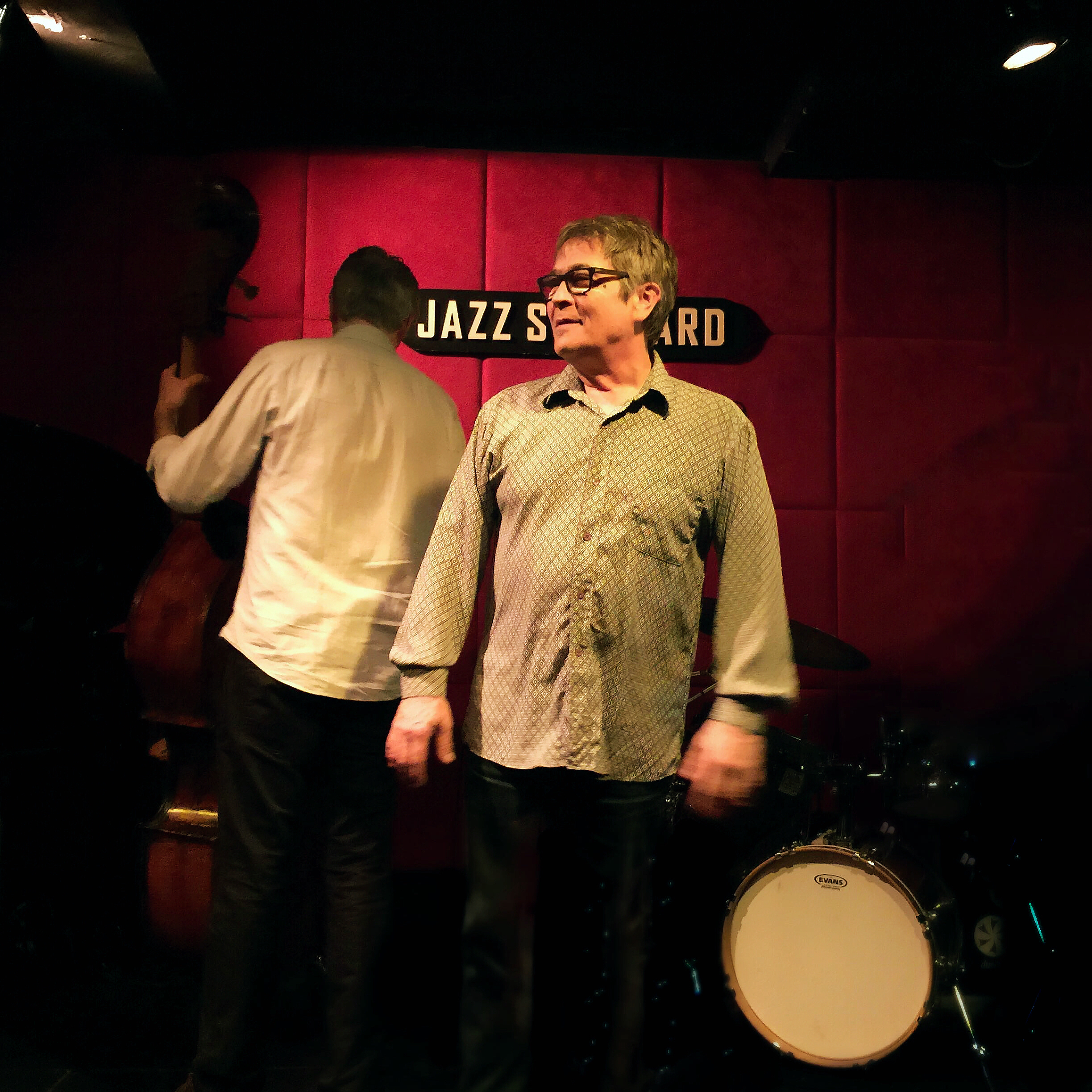
At the Jazz Standard, the Chano Dominguez Flamenco Quintet gave out a series of concerts from the last week of March thru the first week of April 2017. Chano had the accompaniment of Flamenco dancer Sonia Olla, recognized Flamenco singer Ismael Fernandez who happens to be Sonia’s husband, bassist Alexis Cuadrado, and percussionist Jose Moreno.

First of all, I want to mention the negatives. The Jazz Standard is a recognized underground club offering weekly presentations with important figures of Jazz. A good thing is that this club is one of the most affordable Jazz clubs in New York City, charging an estimate of $30 per gig. Also, they do not require the purchase of beverages of food, meaning that for only $30 anyone can enjoy a fine Jazz performance. The downside is the stage and room setup and distribution. The room is long and rectangular with a low stage. This does not allow people seating in the back to contemplate the visual aspect of the performance very well. There are also columns in different parts of the room that may block the vision of the audience depending on where they are seating on. This is an important issue, in my opinion, because in order to fully enjoy a Jazz performance it is necessary a good view specially when its a live performance. I had the chance to seat close to the stage so that made me enjoy the show a lot although the one table in front of me was a bit annoying. I guess not every venue is perfect but I’ve been in other Jazz clubs before with better setups that had allowed me to view the performance in a better way even on the times I had to seat in the back. That could be a reason why this venue is affordable, who knows.
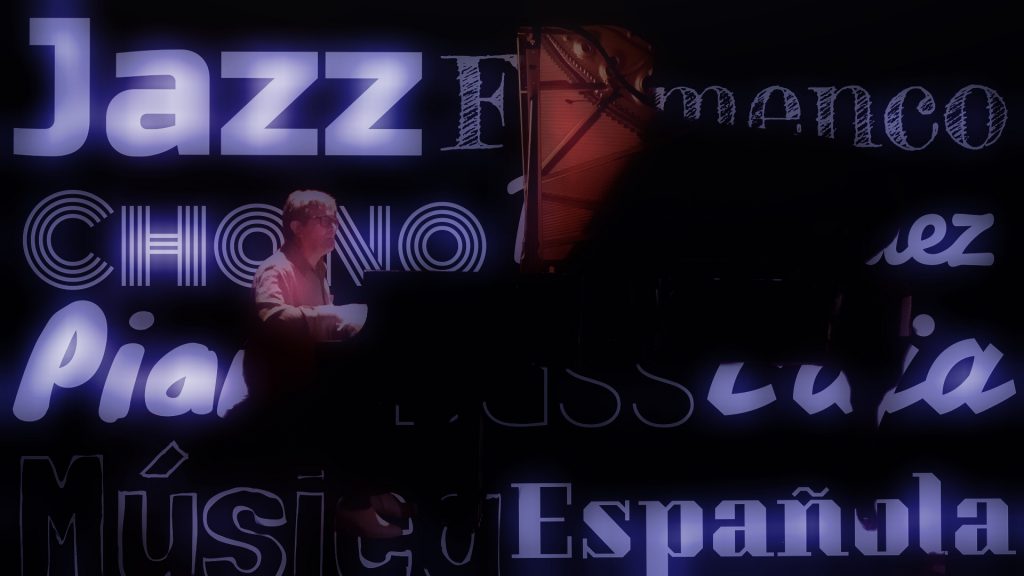
The performance took less than an hour but it was worth it. Chano began with an improvised Flamenco tune performing only instruments with no dancing and singing. After that, all the other musicians left the stage for a solo piano series of tunes. This particular solo piano performance sounded more traditional Jazz, with a few slight touches of harmonic minor scale grooves to give the Flamenco touch. The real deal became afterwards, when the whole quintet joined (including singer and dancer). Music turned more danceable and groove once the claps joined with the frequent Flamenco shouts which are particular of the genre. Colorful harmony where presented with a few varieties from the Jazz people are used to hear. In my opinion, the difference in harmony presented in Flamenco Jazz, are the implementation of harmonic minor and phrygian concepts within the harmonic and melodic structure. One of the unique features of Flamenco Jazz is the combination of these modes and scales. We usually conceptualized Flamenco Jazz as a rhythmic fusion, however this is not the only change presented. If we talk about harmony and melody, we can see that most modes are based on scales and scales are based on pitch formulas. The most common scales are the major, natural minor, melodic minor, and harmonic minor. There are others such as the whole tone scale and the chromatic scale, but these are symmetrical in their mathematical structure. in the case of the whole tone scale there are a space of one tone or a whole tone between each pitch whereas there is a semitone space between the chromatic scale. These symmetrical formulas lacks the sense of interest but they have their function. In the case of the others, they may sound different if their functions change according to their mode. The modes used in Flamenco are mainly based on harmonic minor scales. This particular sound mostly produced on the minor third interval between the sixth and seventh degree and the half step between the seventh and eight. The phrygian mode also plays an important role in Flamenco thanks to the minor second gap between the first and second degree. This sound make an interesting approach of the first degree which is a strong tone that is followed by a half step in the second degree. We are used to hear a strong tone preceded by a weak one half step below, but in this case is the opposite. This idea makes the phrygian unique. Although the locrian mode shares the same formula in these two degrees, the lack of perfect fifth makes of it a hard to use mode. The phrygian mode has the perfect fifth.
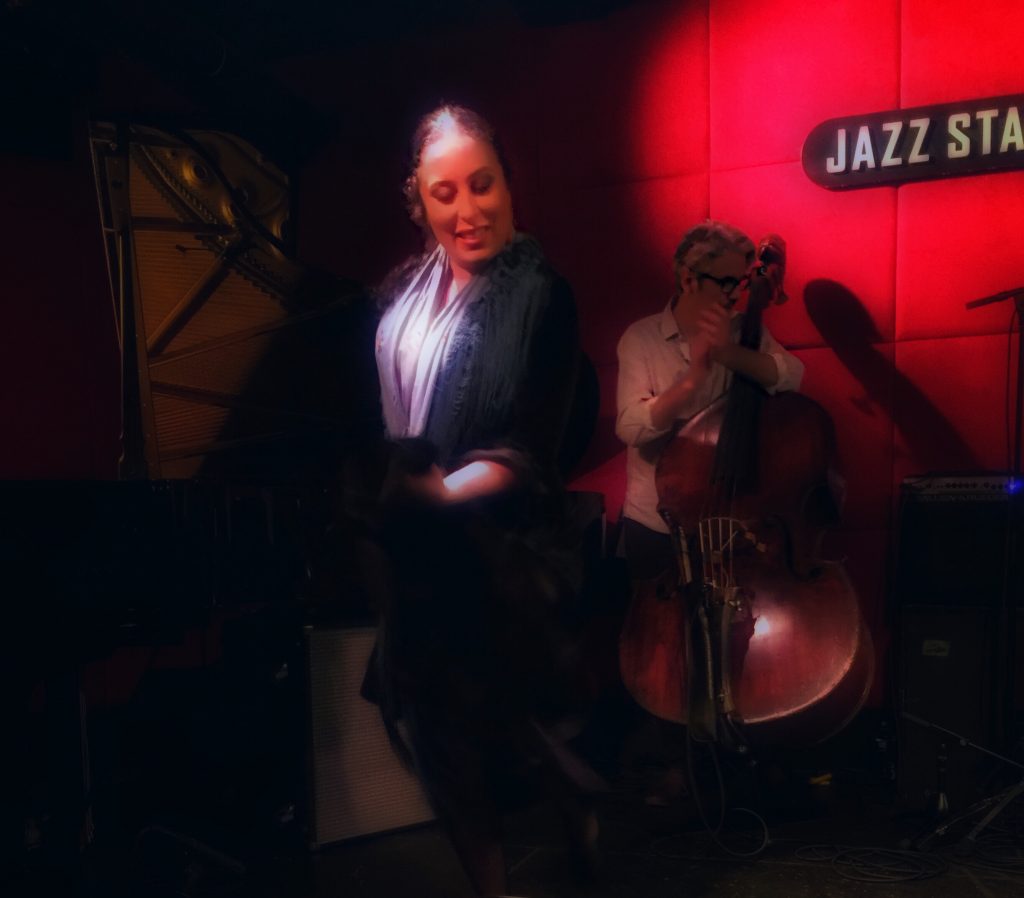
The phrygian major mode is a common mode used in Flamenco. This is mode based on the harmonic minor scale starting at the fifth degree. All of these variations set the melodic and harmonic parameters in Flamenco. But, what if we combine modes and scales within one chord or structure to create even more exotic colors? That is what Flamenco Jazz does and the one specialty of Chano’s playing. He uses often the spanish phrygian mode. This is the phrygian mode with an extra note: the major third. We can defined this as the combination between the phrygian and phrygian major modes, a combination between a major and a harmonic minor scale. This is only one example, but there are many other combinations. One combination that I have explored myself (not sure if discovered) are the combination of the first four notes of the phrygian major mode ending with the last four notes of the harmonic minor scale. For example, if we use D, then is the last four notes of the G harmonic minor staring in D and finishing with the last four of the D harmonic minor. I don’t know what the name is but I have used it and sounds great. These are one of the points that I wanted to highlight of this performance and style. There are others like rhythm, singing and dancing but they are more familiar with the basic structure of Flamenco.
Another impressive feature that I noticed in this particular performance was the instrumentation. As we know, the most important instrument in Flamenco is the guitar. Many times there are no other instruments present when Flamenco is performed. There was no guitar present in this performance. That little but important detail impressed me a lot because when I listen to Flamenco music I always expect the sound and rhythm of a guitar. The way Chano deals with instrumentation in his performances, makes a difference but never deviates from the essence of Flamenco. This is not new since other Jazz musicians have tried before. Chick Corea is one of them. However, in the case of the others, I find them to be a lot more inclined to Jazz instead of Flamenco. I can defined their style as Jazz with touches and embellishment of Flamenco. Chano is different. He maintains balance, and the amazing thing, without guitars. You don’t want it to be too Jazz nor too Flamenco. Chano is the guy for the job.
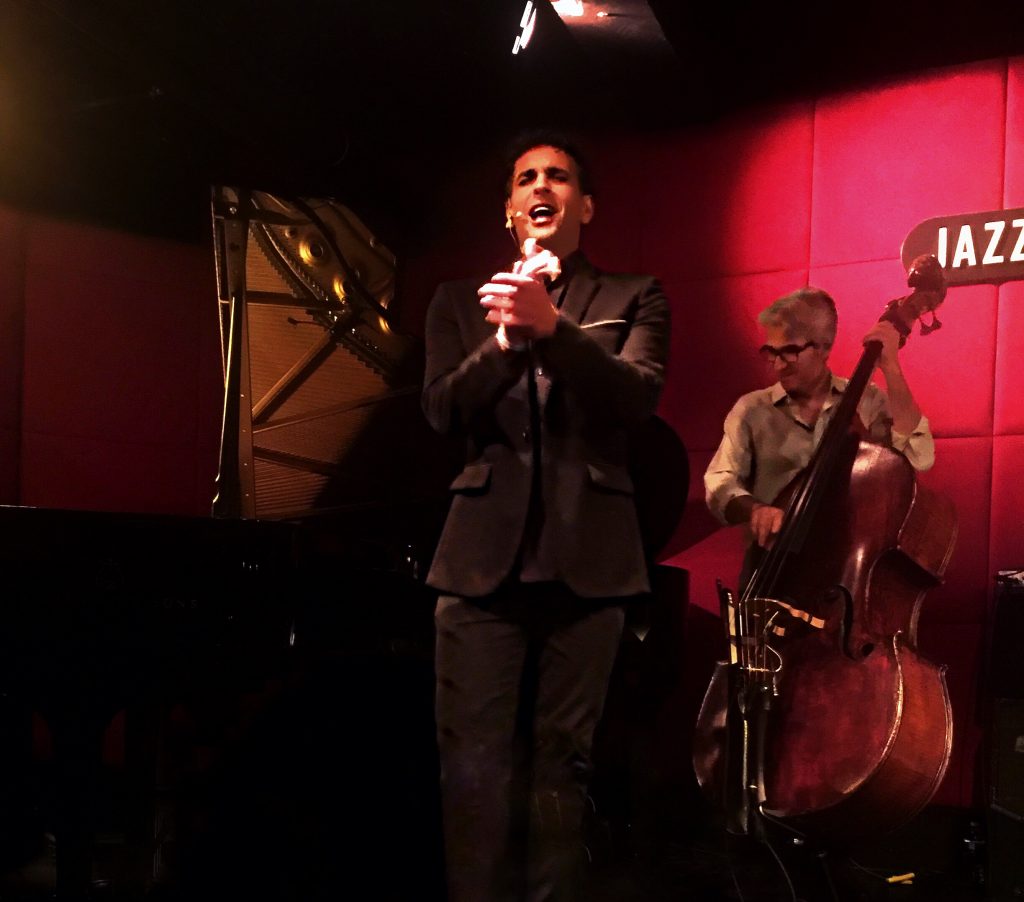
Chano met Miles Davis way back and together they worked in a few arrangements. As a tribute to Miles, Chano featured one of Miles’ popular tunes and made it a Flamenco piece. This tune was Miles Davis’ Blue in Green. It is interesting how Chano managed the arrangements in order to make it Flamenco. It was not only a fusion of Miles melody, but it included and extra feature. Chano took this Jazz Ballad and transformed it in a Flamenco poem by adding rhythm, chords and Flamenco improvisations. Not only that, he did something that was often used since the Renaissance period. He took a poem and stocked it within the tune. A poem by Rafael Alberti, a spanish poet from the Modern Era. The result was an extraordinary romantic piece well sang by Ismael.
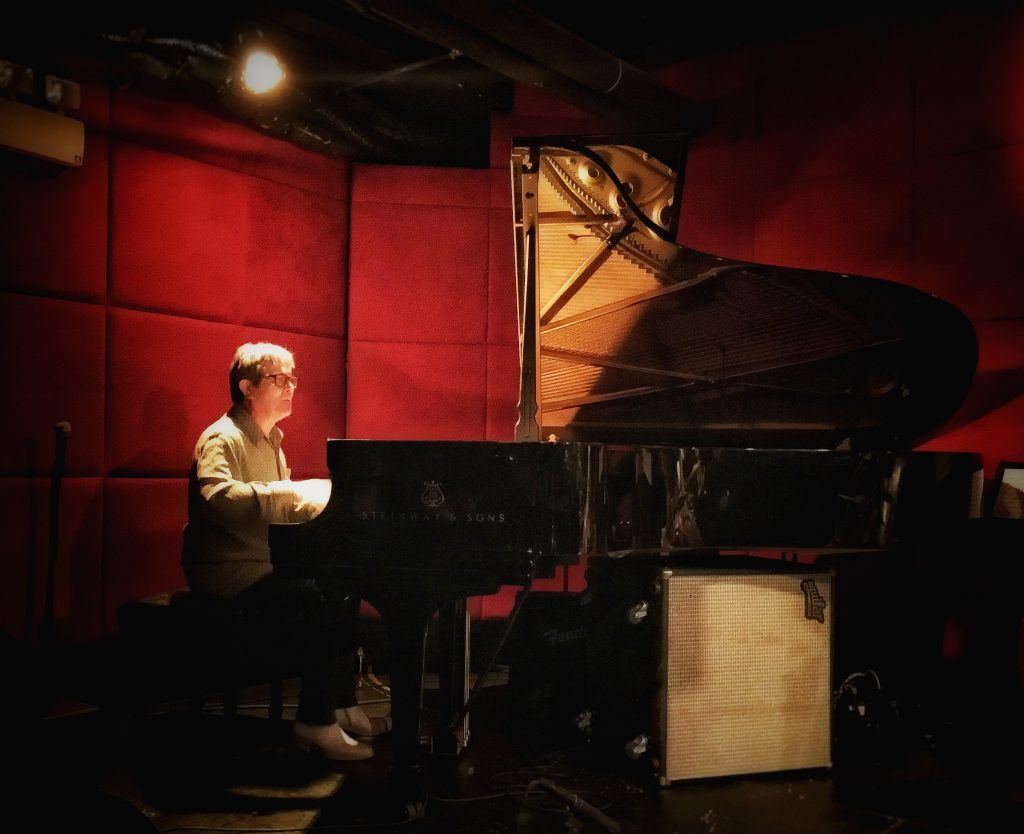
I want to conclude this review with one more interesting feature I noticed in this performance. It is commonly known that the Modern Era brought lots of innovations in the implementation of new sounds, new compositional techniques and new ways of performance. One of these innovations was the use of extended techniques, which is extending the performance of an instrument but making sound using other types of execution rather than the normal way of playing it. Chano used a common extended technique in modernism, applied in the early 1920s by Henry Cowell, plucking the strings of the dulcimer. In order to add the missing sound of the guitar that is mostly featured in Flamenco music, Chano plucked in many occasions the strings of the dulcimer of the piano. This added a special timbre, but it was even better to watch it live. It is one of the things that deviates from the common expectancy of a Jazz performance.
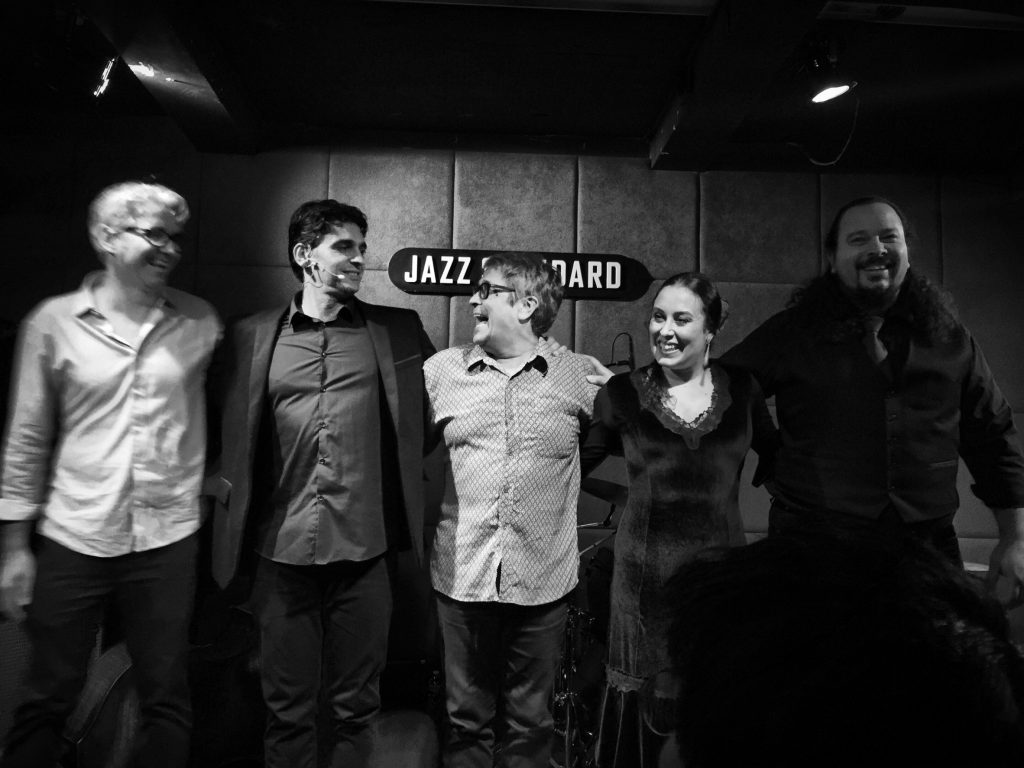
I now leave you with a taste of what I consider a great performance. Enjoy.


This is a fascinating review. I actually didn’t know about the Spanish Phrygian scale and am happy to learn about it. I don’t know about the pitch collection that you mention (combining Phrygian with harmonic minor), but I wonder if it is in the big book of modes that Nicolas Slonimsky wrote: https://www.amazon.com/Thesaurus-Melodic-Patterns-Nicolas-Slonimsky/dp/1258454165
That’s interesting. I’ll check it out!
Damn! This must have been a wild performance to witness. It’s also strange hearing flamenco without guitar. I’m sure the plucked piano strings were a nice touch, though.